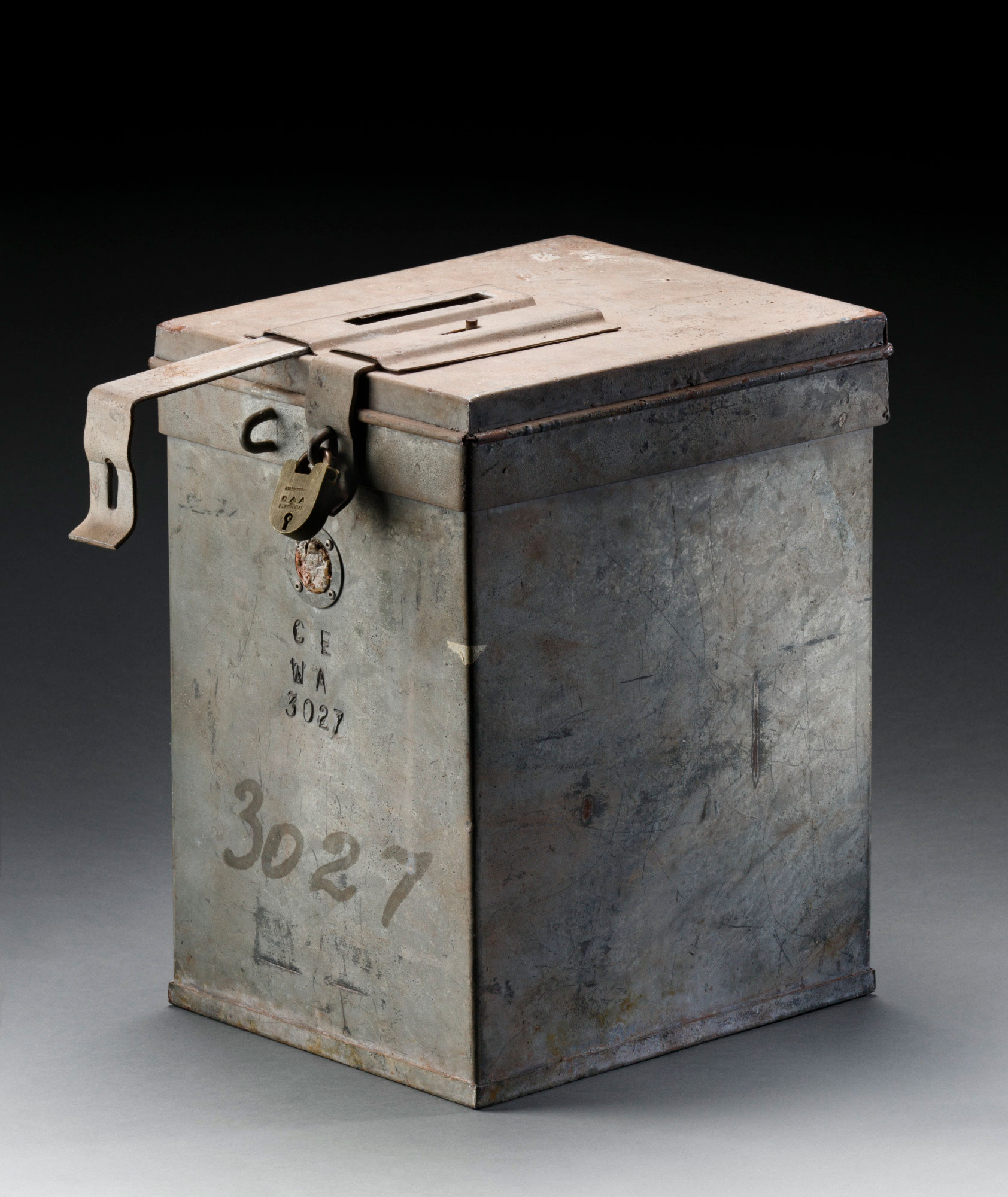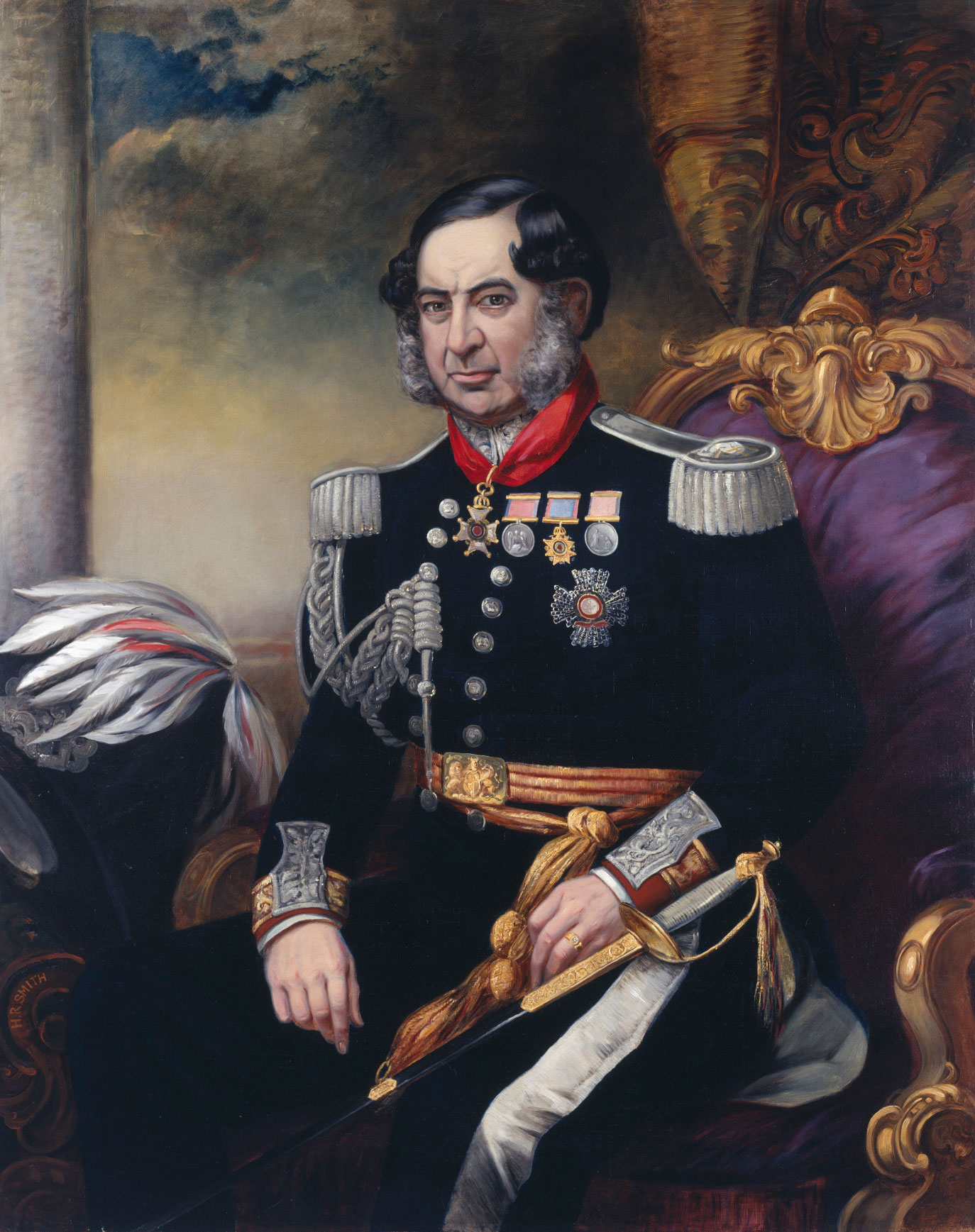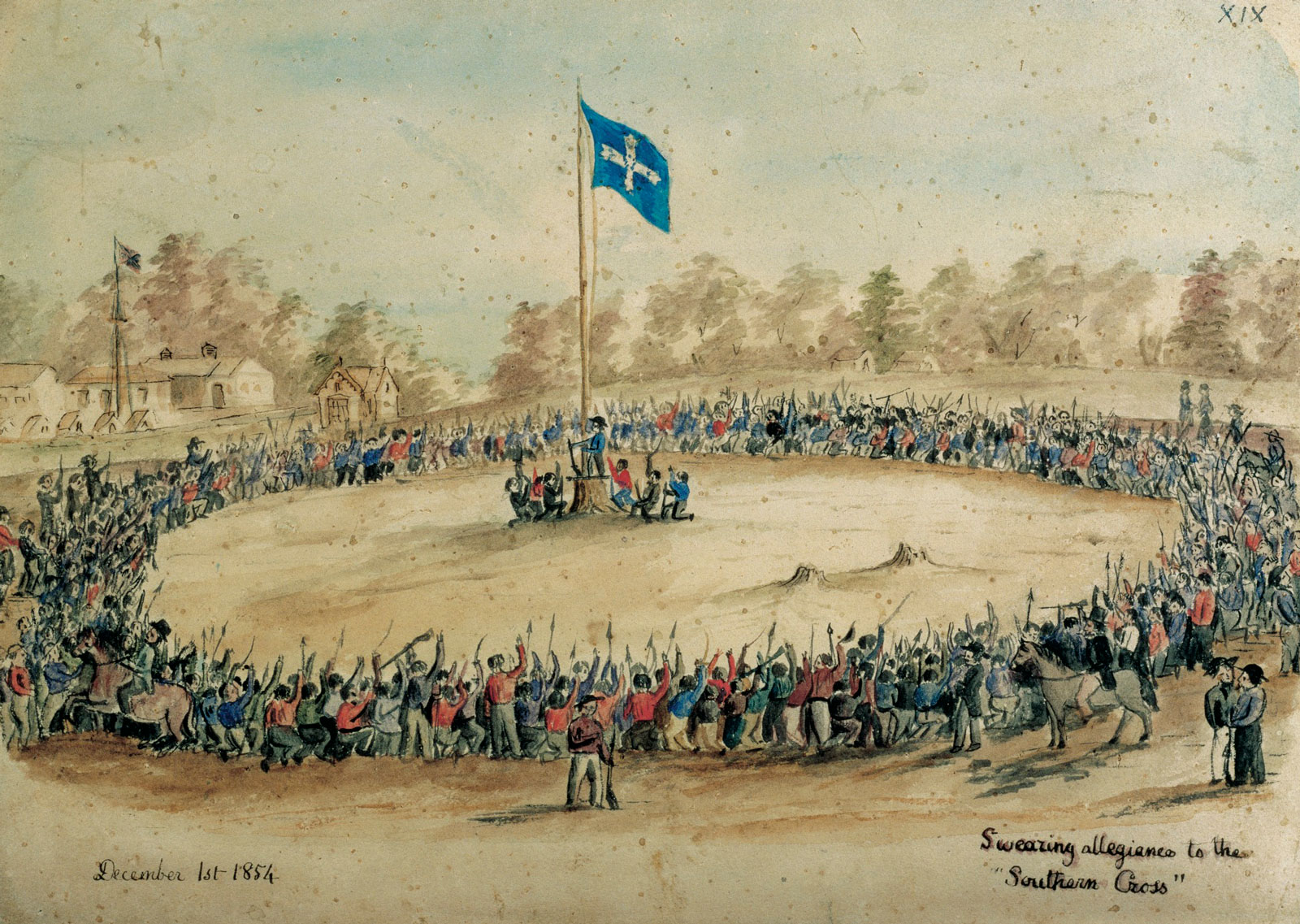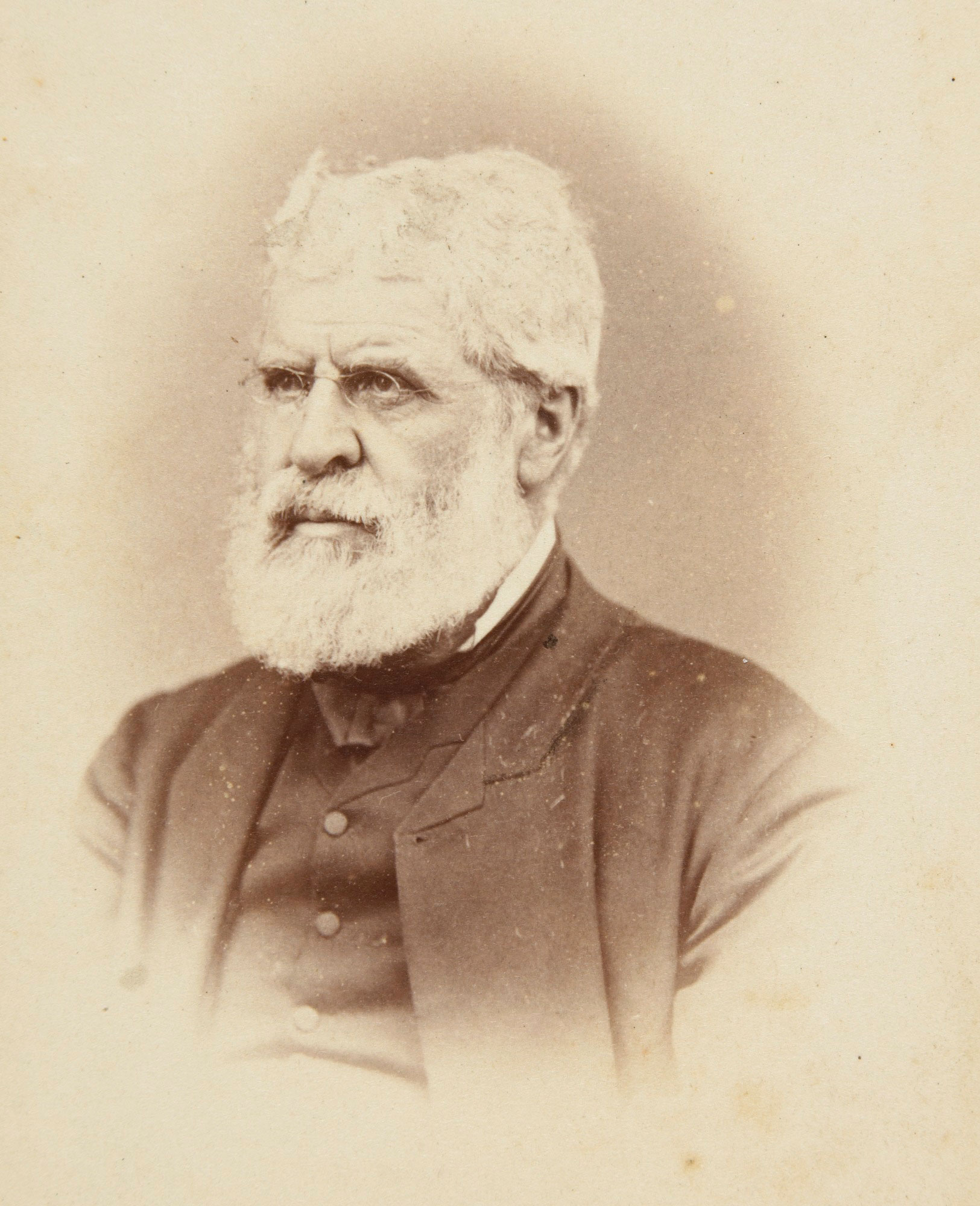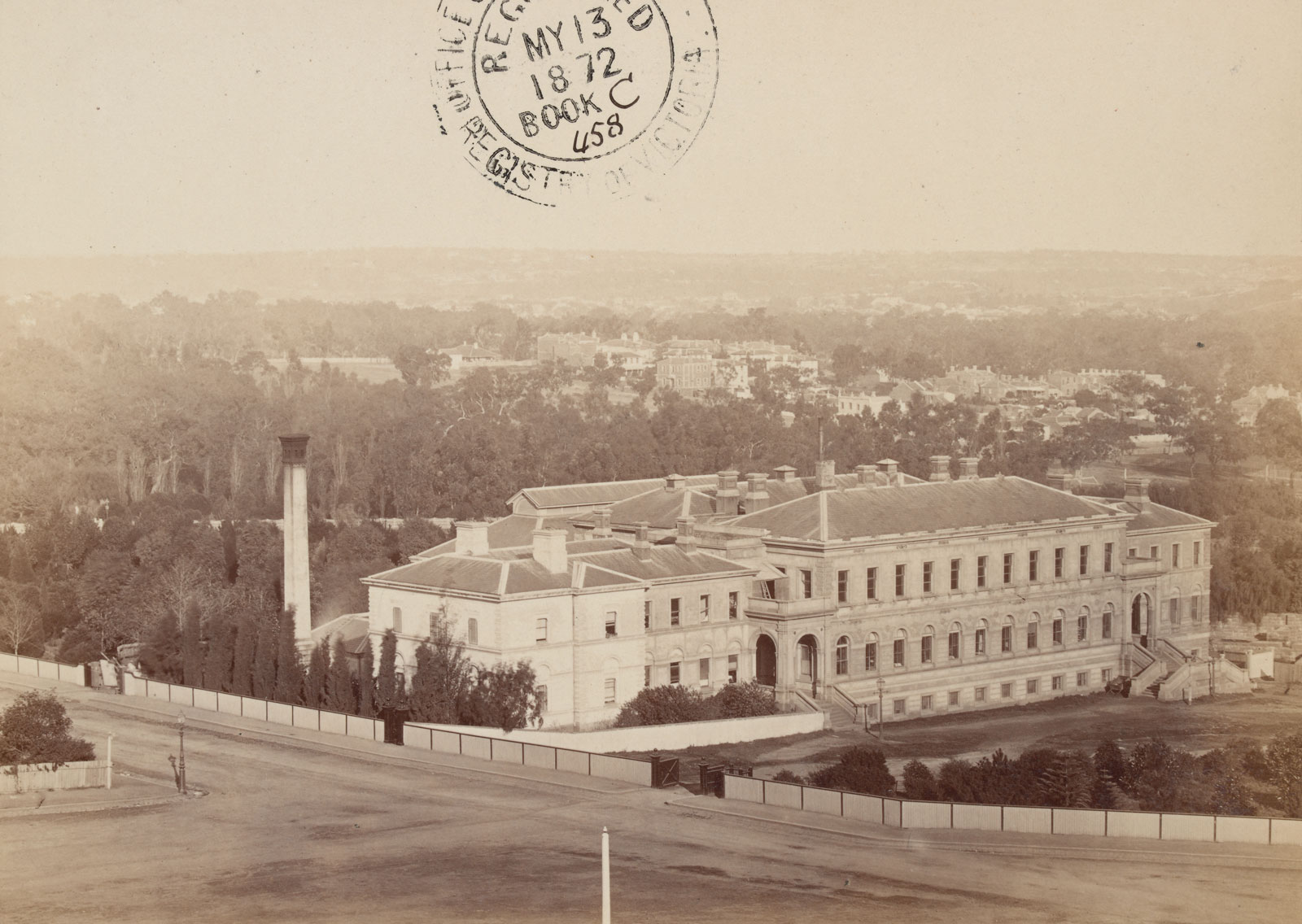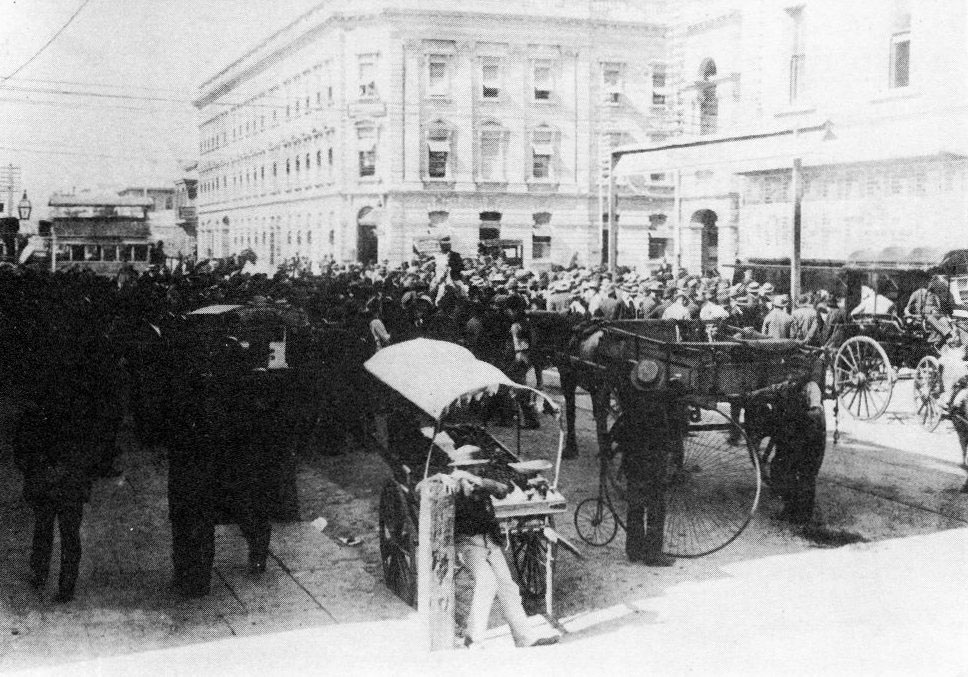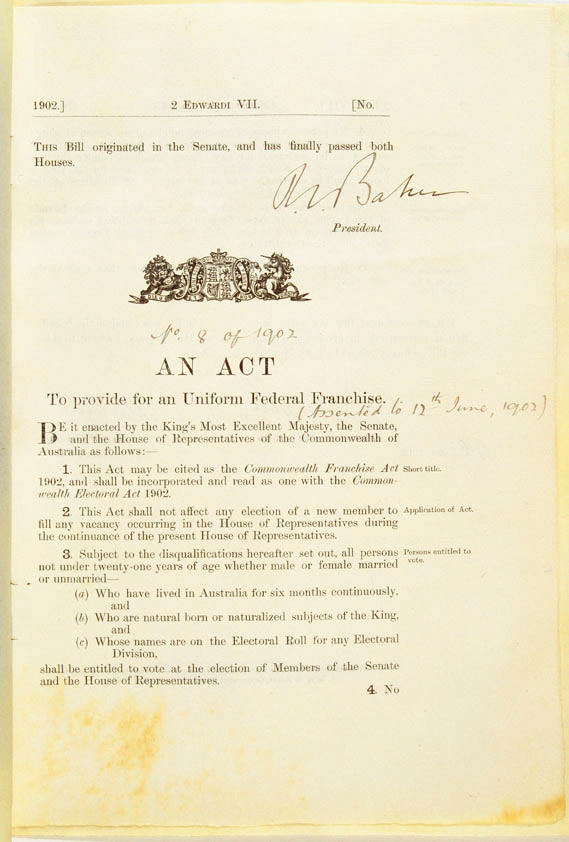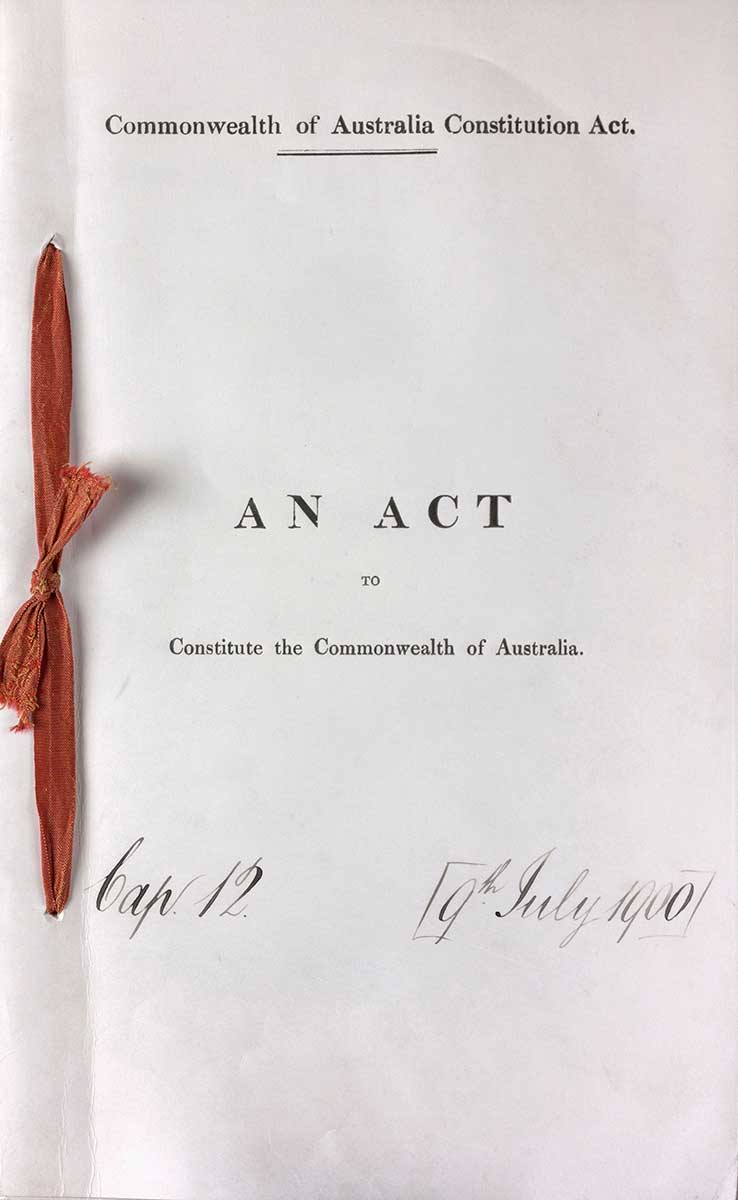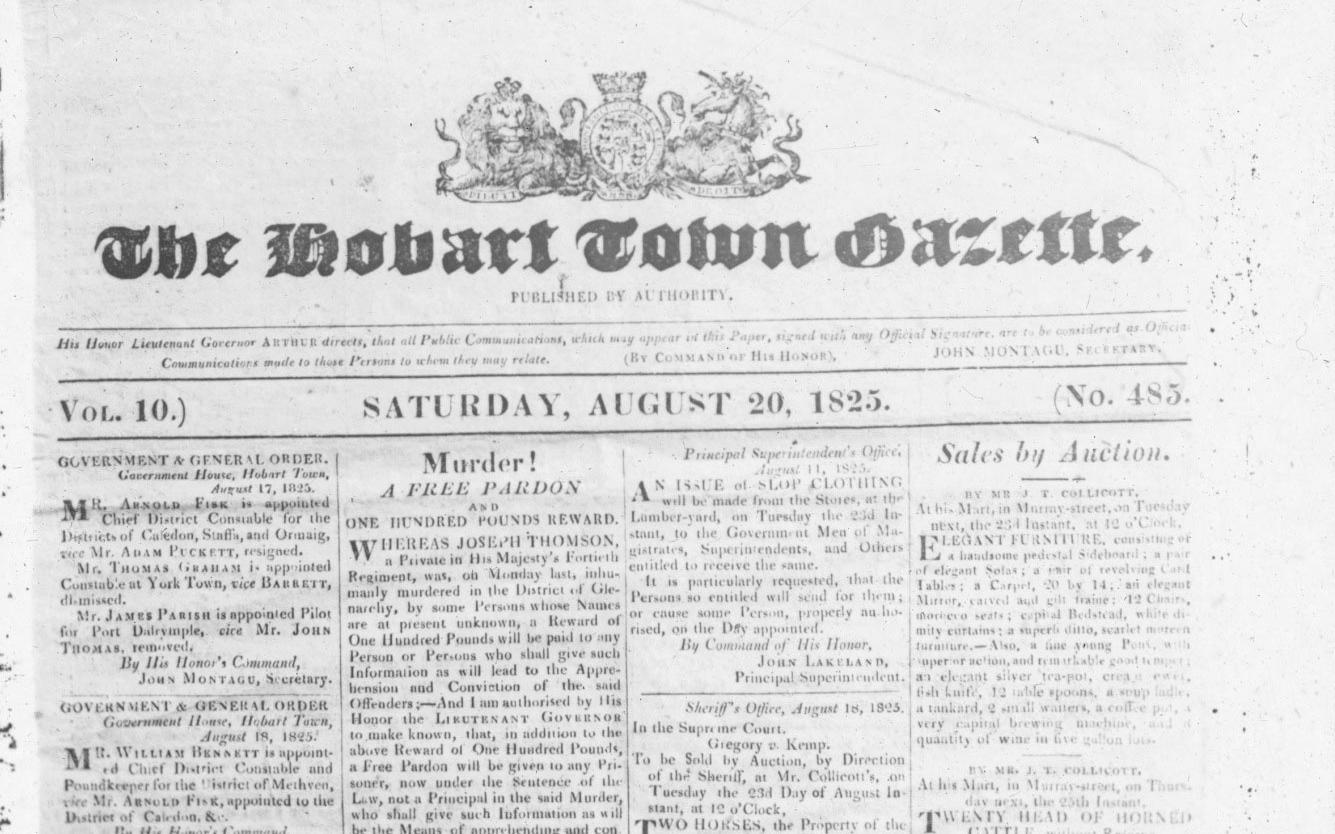Learning module:
Making a nation Defining Moments, 1750–1901
Investigation 4: Making a democracy
4.1 Introduction
By 1914 when the First World War broke out Australia was acknowledged internationally as one of the leading democracies of the world. This meant that Australia was advanced in who had the vote, in the representative and responsible nature of parliaments, freedom of the press, in the rule of law, and in individual rights and freedoms.
How had this happened? Was it due to the actions of individuals? Was it because of popular protest? Was it because of economic wealth? Was it because of the rejection of class and the acceptance of ideas of egalitarianism?
Which groups were still fighting for their rights?
This investigation focuses on eight Defining Moments and a case study that will help you explore and better understand how Australian democracy developed over time, and why.
|
1824 Free to criticise, free to praise: First free press |
1851 Breaking away from mother: Separation of the colonies of New South Wales and Victoria |
1854 Blood on the wattle: Eureka Stockade |
1856 A secret vote: Secret ballot introduced |
1872 Reading and writing at last: Free and compulsory education |
|
1894 South Australian women vote: Women’s suffrage |
1901 A nation at last: Federation |
1902 Australian women vote: Commonwealth Franchise Act |
Case study: Where did the Australian Constitution come from? |
Conclusion |






